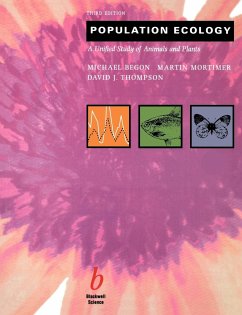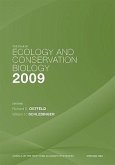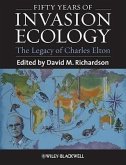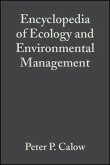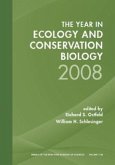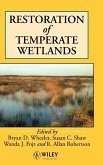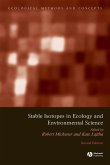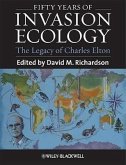This successful text examines the ecological processes that determine the size and structure of a population, and demonstrates that there are many fundamental principles that apply to populations of both animals and plants. The authors have sought to involve the text in areas where particular progress has been made and consolidated. The third edition therefore addresses the problem of the detection of chaos, buried sea-banks and herbivorey implants and looks more closely at the role of spatial scale in two-species interactions. It also introduces a major new section on the concept of the meta-population. The book is designed to be readily understood by undergraduates with little or no previous knowledge of the subject, and also to stimulate wider debate and discussion.
Hinweis: Dieser Artikel kann nur an eine deutsche Lieferadresse ausgeliefert werden.
Hinweis: Dieser Artikel kann nur an eine deutsche Lieferadresse ausgeliefert werden.
On the second edition.
'To those familiar with the first addition of Begon &Mortimer's short text on population ecology, it will come asno surprise to learn that the second addition, like the firstaddition, is a gem. What may surprise is that the second additionrepresents a significant improvement of what was already anexcellent textbook...It is difficult to criticize a book thathas achieved such admirable balance between empiricism vs. theoryand unitary vs. modular organisms, all within a compact,inexpensive volume.' Ecology
'I doubt that there are many texts that portray the wholefield of population ecology as successfully or concisely as doesthis book. It can be warmly recommended' AustralianJournal of Ecology
'A zoologist and botanist have made an extremely wellcoordinated effort in presenting the population ecology of bothanimals and plants under one title. This textbook reads so smoothlythat the reader soon forgets that it was written by two authorsinstead of one. The concise writing style and liberal use ofgraphs, tables, and diagrams make this textbook pleasurable to readand easy to understand. This book is accessible reading to anyoneinterested in population ecology.' Canadian Field-Naturalist
'To those familiar with the first addition of Begon &Mortimer's short text on population ecology, it will come asno surprise to learn that the second addition, like the firstaddition, is a gem. What may surprise is that the second additionrepresents a significant improvement of what was already anexcellent textbook...It is difficult to criticize a book thathas achieved such admirable balance between empiricism vs. theoryand unitary vs. modular organisms, all within a compact,inexpensive volume.' Ecology
'I doubt that there are many texts that portray the wholefield of population ecology as successfully or concisely as doesthis book. It can be warmly recommended' AustralianJournal of Ecology
'A zoologist and botanist have made an extremely wellcoordinated effort in presenting the population ecology of bothanimals and plants under one title. This textbook reads so smoothlythat the reader soon forgets that it was written by two authorsinstead of one. The concise writing style and liberal use ofgraphs, tables, and diagrams make this textbook pleasurable to readand easy to understand. This book is accessible reading to anyoneinterested in population ecology.' Canadian Field-Naturalist

